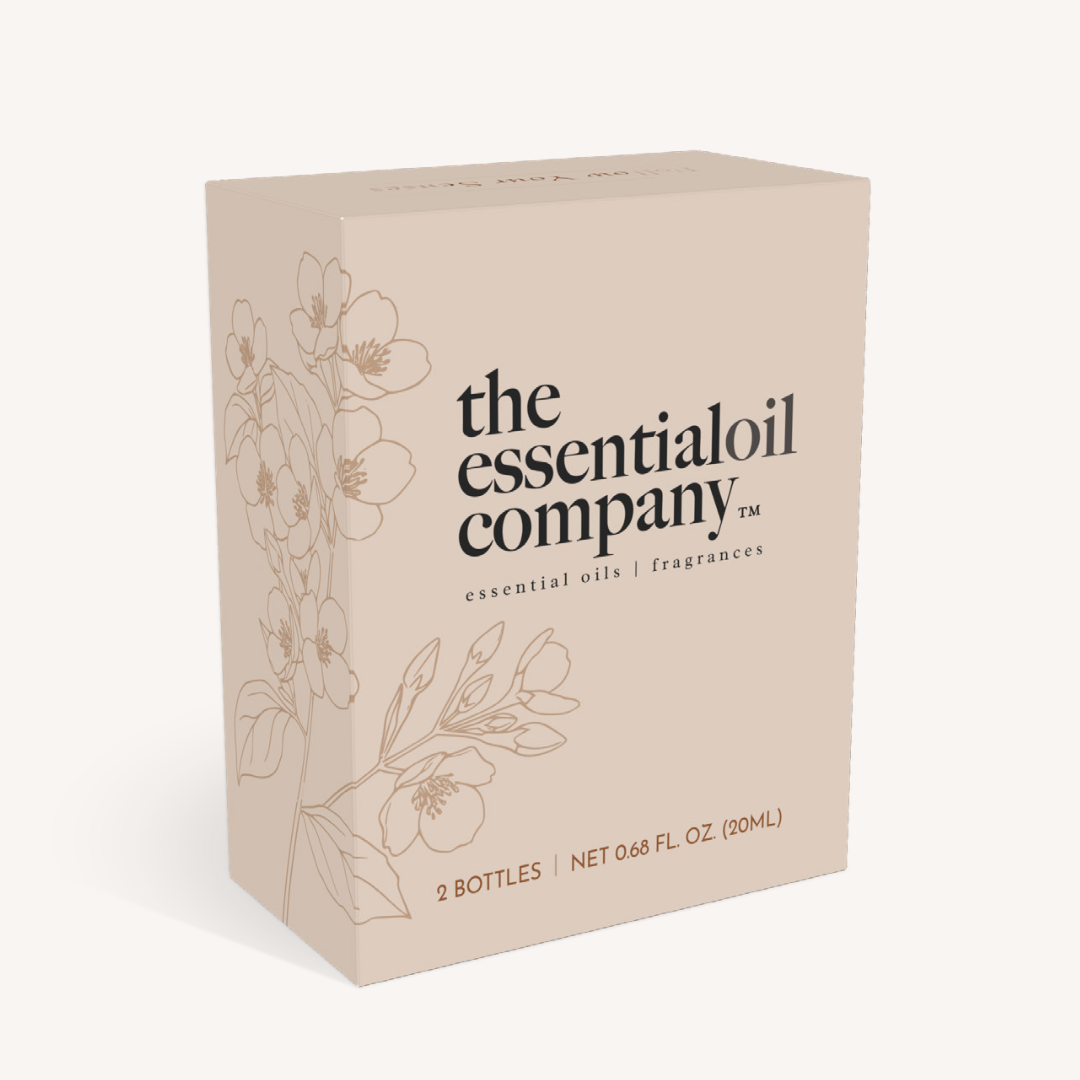The first step in the production of Lavender essential oil is to harvest the plants. The ideal time for Lavender harvest is when the flowers are in full bloom. This means that the flowers are fully developed and almost the entire flower head has opened. The highest quality oil is extracted from only the flowers of the plant. While there is a trace amount of essential oil within the stems of the plant, it is typically not enough to justify the amount of space they would occupy in the equipment during distillation.
Harvest season for Lavender is through July and August and the plants must be cut during the perfect balance of weather to ensure the quality of the essential oil. Lavender can be harvested both by hand and using mechanized harvesting equipment. Rain during the harvest season can cause the loss of essential oil. The Lavender plants should be dry when harvesting
After the Lavender flowers have been harvested, they can be distilled in their fresh state or left to dry for several days. The Lavender essential oil that is extracted from the fresh flowers retains a fresh and green note in its scent while dried Lavender possesses a deeper floral aroma. Distillation of fresh Lavender has become the more widely used method. The time between harvest and distillation is often long enough for the flowers to dehydrate slightly, allowing more plant matter to fit into the still without sacrificing yield, this also reduces the cost of energy needed for distillation.
Lavender essential oil is extracted from the plant matter through a process called steam distillation. This process is highly important in determining the quality of the resulting essential oil. The temperature and pressure that the flowers experience during distillation can alter the fragrance molecules’ structure, affecting the final scent and chemical constituents of the essential oil. The steam distillation process involves steam passing through the plant material, the steam extracts the essential oil from the flowers. After passing through the plant material, the steam carrying the essential oil goes to the condenser. The condenser cools the steam back to a liquid state. The distillate is a combination of essential oil and water. The distillate is fed into an “Essencier” or Separator where the essential oil and the hydrosols are separated.
After harvest, the Lavender flowers are packed tightly into the still. In a separate chamber, water is brought to a boil and the resulting steam is forced into the still containing Lavender flowers. The boiling point of Lavender is 204 degrees Fahrenheit so by the time the water reaches a full boil at 212 degrees Fahrenheit, the Lavender essential oil has already begun vaporizing. The vaporized essential oil and water rise to the top of the still and are forced into the condenser. The condenser is made up of either vertical tubes, or coils. The outside of the tubes or coils is surrounded by cooling water. The steam enters the condenser and is cooled back to a liquid state. The liquid is called the “distillate” which is a mixture of essential oil and hydrosol. The condenser tube feeds the liquid into a separator, where the essential oil will rise to the top of the hydrosol because of the difference in density between the liquids. The specific gravity of Lavender essential oil is lower than that of water. The essential oil is then siphoned off the top, either manually or through a faucet in some systems, and collected for packaging. The Lavender hydrosol which is left contains only water and water-soluble Lavender components, which may also be used for many purposes.
Check out the different types of Lavender we offer:
You may also enjoy...
- Lavender Species: 3 Types of Lavender Used for Making Essential Oil













